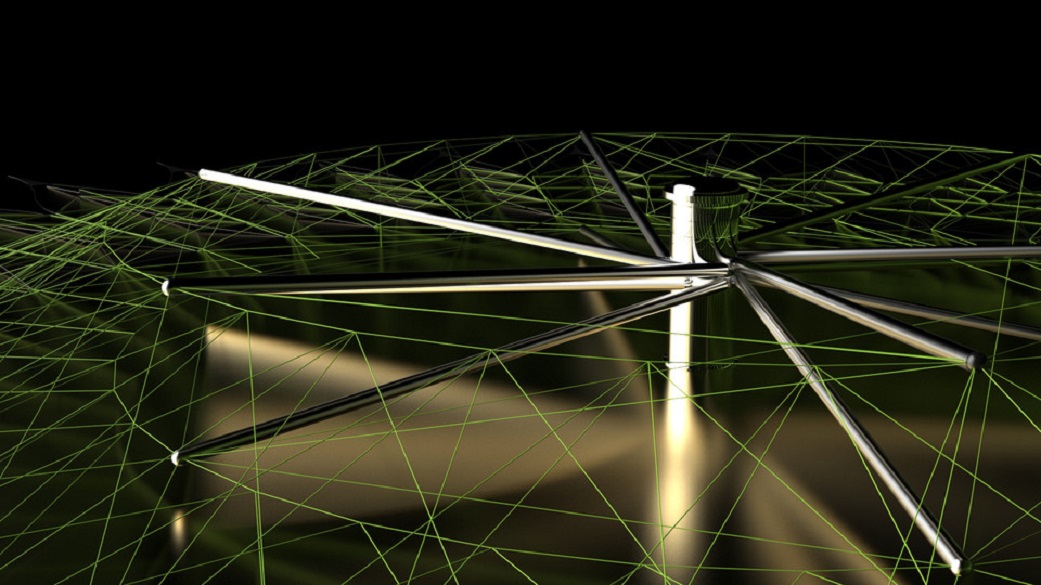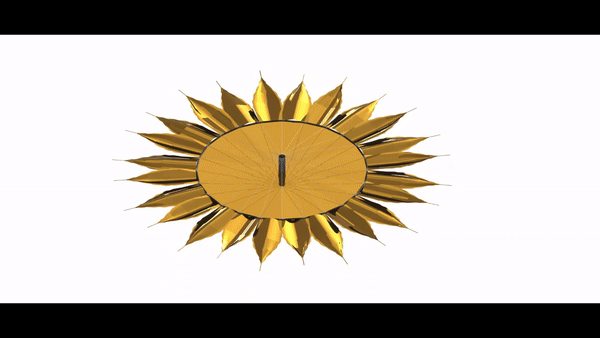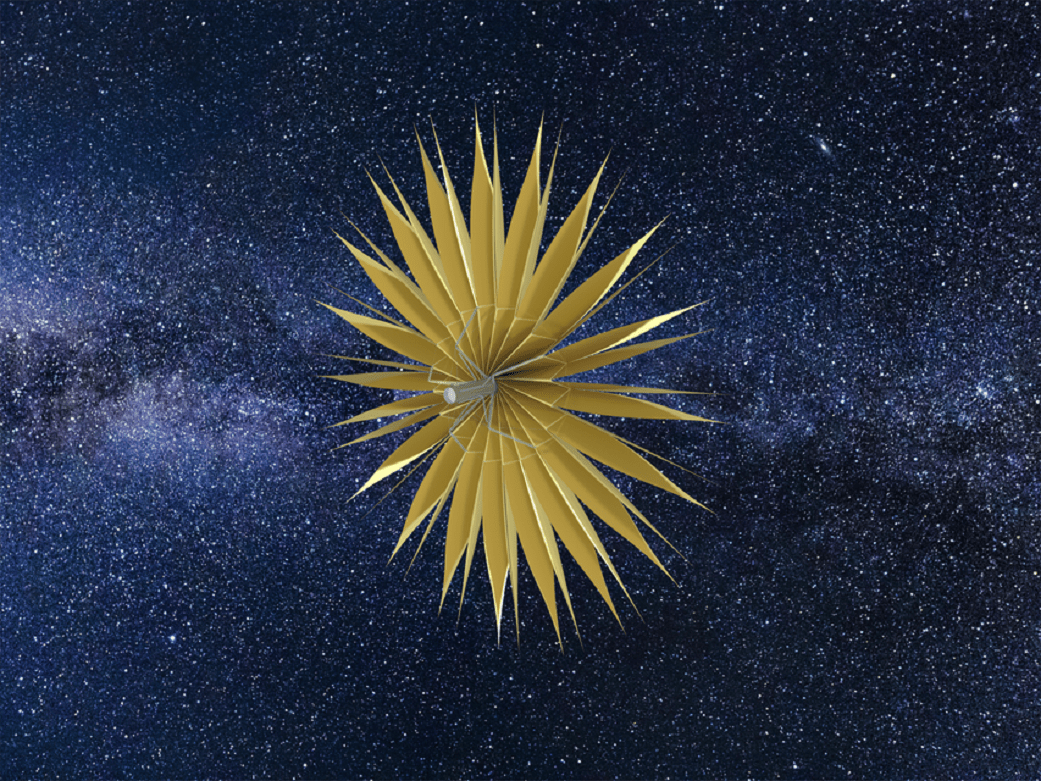On Earth, shade provides a shadow to keep you cool on a hot day, or a pair of shades can protect your eyes in bright light. Shade is also useful in space, too. A mechanism known as a starshade helps observers using ground-based telescopes get an unobstructed view of exoplanets.
Studying an exoplanet in the glare of its host star is no easy task. One method is to block the starlight so the light reflected by a planet can be seen. This reflected light would be influenced by surface minerals, oceans, continents, weather, vegetation, and the gases that make up the exoplanet’s atmosphere – meaning we can use the reflected light learn about a planet’s potential habitability.
NASA is supporting an early-stage concept study for a new concept hybrid observatory that would combine a ground-based telescope with a space-based starshade. The Hybrid Observatory for Earth-like Exoplanets (HOEE) would enable the largest ground telescopes to operate as the most powerful planet finders ever made.
The Ultralight Starshade Structural Design Challenge invited the public to be active participants in this ambitious study. The challenge tasked participants with developing 3D computer models of a lightweight starshade structure that could be used as part of the HOEE concept. The ideal design would allow for compact packaging and successful deployment once in its Earth orbit. It must also have the lowest possible mass, while still maintaining its shape, so that chemical thrusters can keep it aligned during observations and propulsion systems can change its orbit to observe different targets – all while using as little fuel as possible.
The global competition received 60 entries. While the submissions did not meet all the requirements, participants provided some very creative concepts that NASA is interested in exploring further. The top five submissions shared a prize purse of $7,000. The winners are:
- Abner Gomez, Mexico ($3,000) – This concept contained a high level of creativity and innovation with a tensegrity-based design, combining inflatable tubes for compression structures and cables for tension.
- Joe Taylor, United States ($2,000) – The idea is based on a JPL starshade design but expands on a number of components. It replaces astromesh with a composite tube structure and requires fewer trusses. Adjacent petals are deployed in opposite directions to mitigate potential contact. The design’s out-of-plane curvature of the petals makes them more rigid.
- Dorde Masovic, Switzerland ($1,000) – This design provides a means to de-rotate the spacecraft, while enabling the starshade to spin. It also suggests using inflation to rigidize the petals.
- Anh Nguyen, Vietnam ($750) – This concept utilizes a bicycle wheel design. It also includes battery-powered deployment motors and wireless control.
- Ankush Sharma, India ($250) – The hybrid design includes origami folds and an inflatable structure.
This contest supported the NASA Innovative Advanced Concepts (NIAC) study of the HOEE concept. GrabCAD administered the challenge. The NASA Tournament Lab, part of the Prizes, Challenges, and Crowdsourcing program in the Space Technology Mission Directorate, managed the challenge. The NASA Tournament Lab facilitates the use of crowdsourcing to tackle NASA challenges, engaging the global community to seek new ideas and approaches to benefit NASA.
Learn more about opportunities to participate in your space program through NASA prizes and challenges:
www.nasa.gov/solve.





























